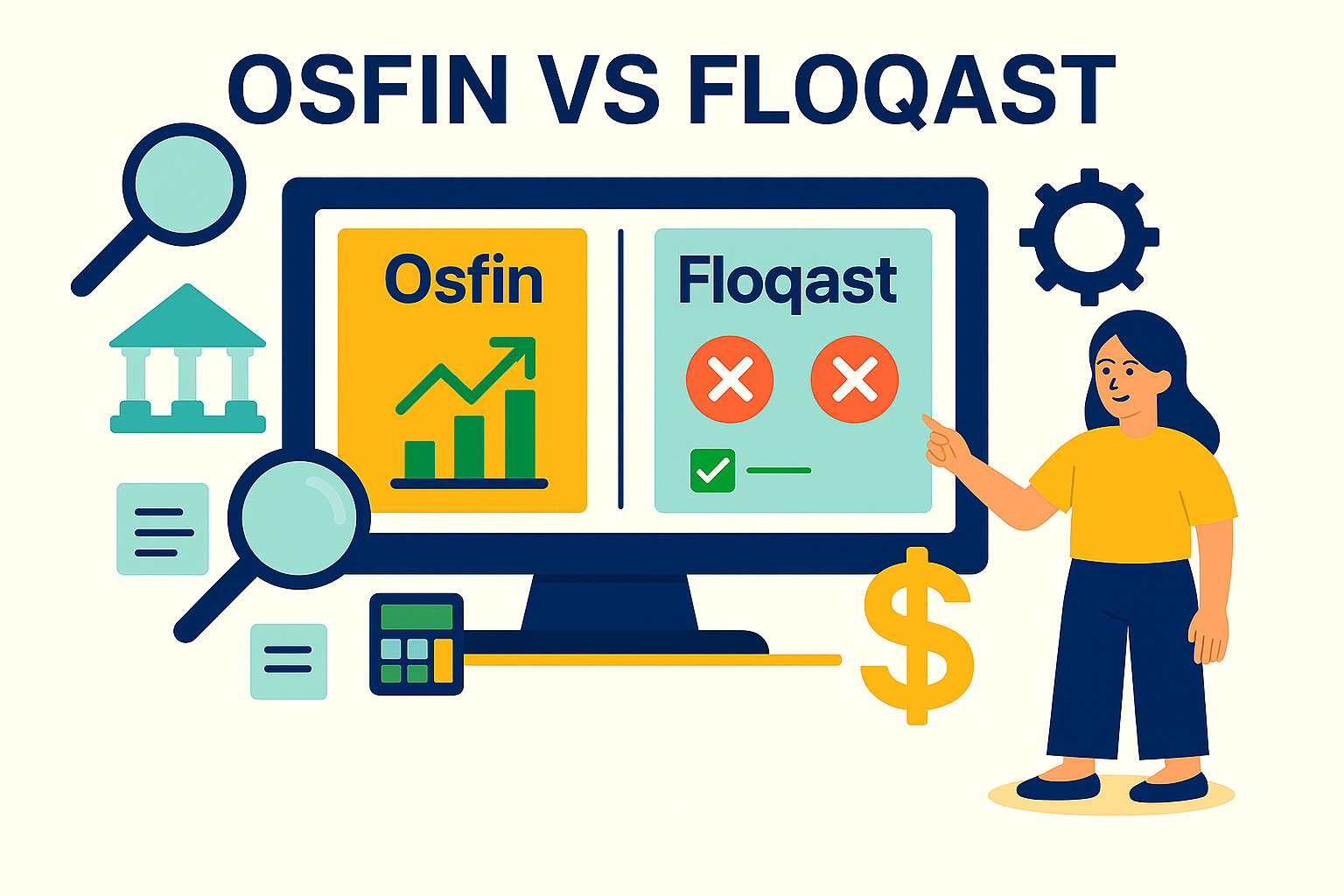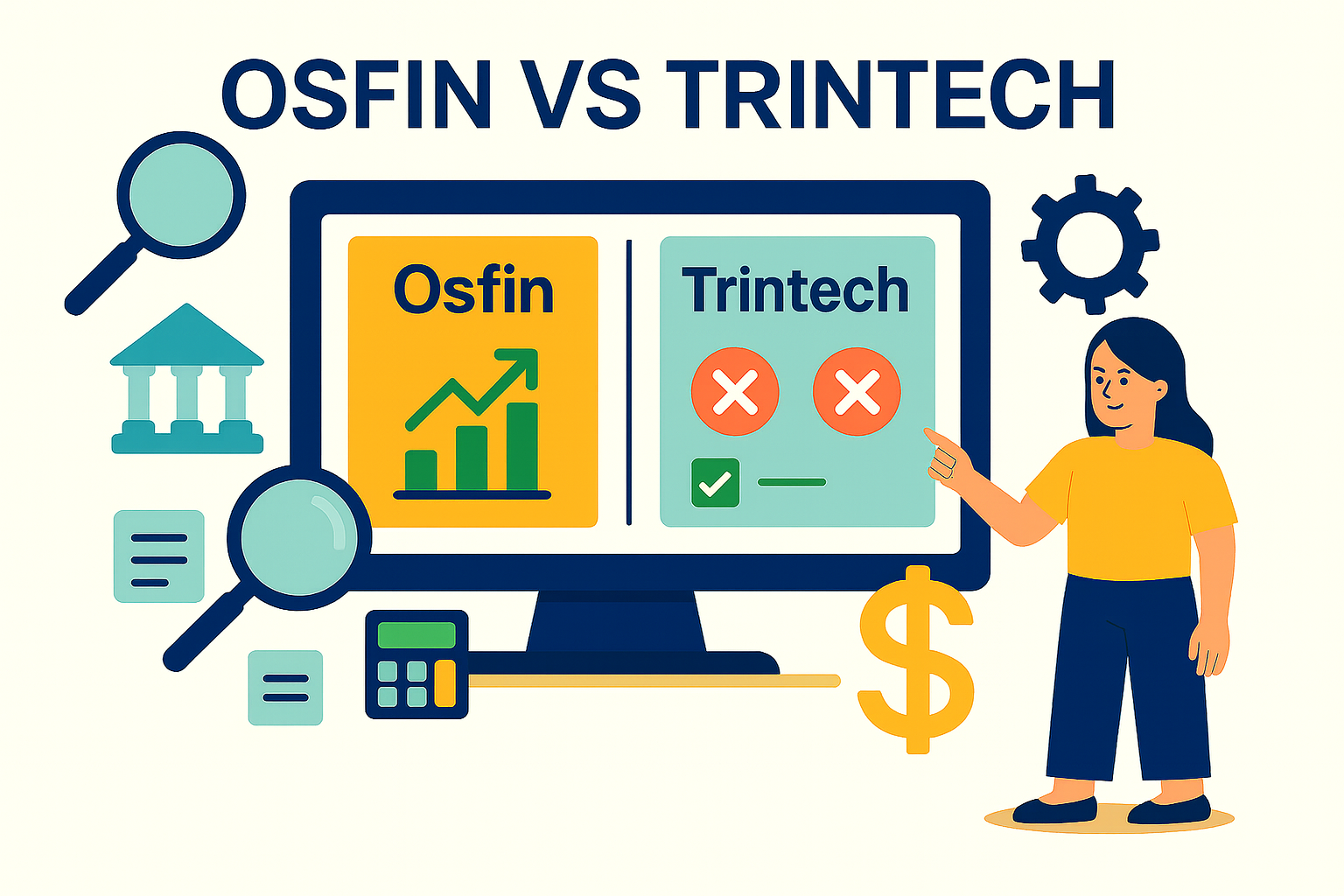Master Credit Card Reconciliation for Accuracy & Fraud Prevention
In the financial year 2022, 73 million credit cards were issued in India (as per a Statista report). With the increasing popularity of credit cards as a means of payment, especially in today's digital world, the need for accurate credit card reconciliation processes has become more critical than ever before.
This article will discuss the importance of credit card reconciliation, best practices and the benefits of automation.
What this blog covers:
- What credit card reconciliation is and why it’s crucial for accurate financial reporting
- The key steps: data collection, matching credit card statements with accounting records, investigating discrepancies
- Best practices: frequent reconciliation, clear policies, segregation of duties, and using reconciliation software
- Common challenges of manual reconciliation: high volumes, errors, lack of visibility, fraud risk
- How automated credit card reconciliation software transforms accuracy, efficiency and audit readiness
- How Osfin supports credit card reconciliation with automation and integrations
Why is Credit Card Reconciliation Important?
Credit card reconciliation plays a crucial role in the accuracy and integrity of financial records. Reconciliation helps to detect discrepancies and errors in financial records, as well as detect fraud or unauthorized transactions. Without proper credit card reconciliation, companies may unknowingly overpay, underpay, or miss payments, which can lead to costly errors and financial losses.
Moreover, the reconciliation process ensures that all credit card transactions are accurately recorded, including those made by employees using company credit cards, and payments made to suppliers and service providers through credit cards. Credit card reconciliation is an essential component of financial control and helps to ensure accurate financial reporting, which is essential for regulatory compliance.
Credit Card Reconciliation Process
Credit card reconciliation involves the following steps:
Collect All Relevant Data
The first step in credit card reconciliation is to gather all the relevant data. This includes credit card statements, receipts, invoices and any other documentation related to credit card transactions.
Match Transactions
The next step is to match the transactions on the credit card statement against the transactions recorded in the company's accounting system. This is done to ensure that all transactions have been accurately recorded and that there are no discrepancies or errors.
Identify Discrepancies
The next step is to identify any discrepancies between the credit card statement and the company's accounting system. This could include missing transactions, incorrect amounts or unauthorized transactions.
Investigate and Resolve Discrepancies
Investigate and resolve discrepancies once they are identified. This may involve contacting the credit card company or bank to dispute unauthorized transactions or make corrections to errors.
Record Adjustments
The final step is to record any necessary adjustments in the company's accounting system. This includes correcting errors or adding missing transactions to ensure that the company's financial records are accurate.
Best Practices for Credit Card Reconciliation
Below are some of the best practices for credit card reconciliation:
Keep Accurate Records
It is essential to keep accurate records of all credit card transactions. This includes receipts, invoices and other documentation related to credit card transactions.
Reconcile Frequently
Reconciling credit card transactions frequently can help to identify discrepancies early on, which can be easier to resolve than those that have been left unaddressed for a long time.
Establish Clear Policies
It is essential to establish clear policies and procedures for credit card use, including who can use company credit cards and for what purposes.
Separate Duties
To prevent fraud, it is essential to separate the duties of those who have access to credit cards and those who are responsible for reconciling credit card transactions.
Use Automation
Automated credit card reconciliation platforms can help to streamline the entire process and reduce errors.
Common Challenges with Manual Credit Card Reconciliation
Manual credit card reconciliation can be a tedious and time-consuming process that requires a lot of effort from the finance team. Here are some of the most common challenges that companies face:
Time Consuming
Manually reconciling credit card transactions is a time-consuming process that requires a significant amount of time from the finance team. The process involves reviewing each transaction and matching it with the corresponding receipt or invoice.
Prone to Errors
Manual reconciliation is prone to errors. When reconciling large volumes of transactions, it is easy to miss discrepancies or enter incorrect data into the accounting system.
Lack of Visibility
Manual reconciliation can also result in a lack of visibility into credit card spending. Without automated reporting, it can be difficult for finance teams to identify trends or patterns in credit card spending.
Difficulty in Detecting Fraud
Manual reconciliation can make it difficult to detect fraudulent activities. Without automated fraud detection, it can be challenging to identify unusual transactions or patterns.
How Automation Can Improve Efficiency?
Automating credit card reconciliation can help companies overcome the challenges of manual reconciliation and improve efficiency. Here are some of the benefits of automating credit card reconciliation:
Saves Time
Automating credit card reconciliation can save a significant amount of time for the finance team. By eliminating the need for manual data entry and matching, finance teams can focus on more value-added activities.
Reduces Errors
Automating credit card reconciliation can reduce errors and ensure accuracy in financial reporting. By automatically matching transactions to receipts and invoices, the risk of errors is significantly reduced.
Provides Visibility
Automated reporting can provide the internal teams with visibility into credit card spending, enabling them to identify trends and patterns.
Improves Fraud Detection
Automated fraud detection can help companies detect fraudulent activities quickly. By using algorithms to identify unusual transactions, companies can take action to prevent further fraud.
Enhances Compliance
Automating credit card reconciliation can help companies comply with regulations such as the Sarbanes-Oxley Act. By providing an auditable trail of credit card transactions, companies can demonstrate compliance with regulatory requirements.
Conclusion
Credit card reconciliation is a critical process that ensures the accuracy and integrity of financial records. With the increasing popularity of credit cards in today's digital world, it has become more important than ever before to have effective credit card reconciliation processes in place.
By following best practices, such as keeping accurate records, reconciling frequently, establishing clear policies, separating duties and using automation, companies can minimize errors, prevent fraud and ensure regulatory compliance. The benefits of using credit card reconciliation platform are significant, including increased accuracy, improved efficiency, enhanced security and customizable rules.
Automating credit card reconciliation can also help companies overcome the challenges of manual reconciliation, saving time, reducing errors, providing visibility, improving fraud detection and enhancing compliance.
To prevent all this, simply get started with Osfin. Osfin can help companies with credit card reconciliation by providing a comprehensive and autonomous reconciliation platform that can reconcile millions of entries in just a few minutes. The platform can import data from various sources such as ERPs, PSPs, and Banks and use automated workflows to augment financial data processing. All in all, it is a must have tool for companies in today’s increasingly digitised world.


